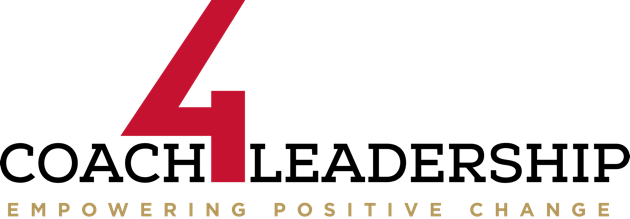Christmas and the holiday season are one of my favorite times of year…..and so is getting back in gear once they are over. In the midst of all the abundance these past few weeks, I was reminded once again that great food can come in a variety ways, some of which can be quite surprising. While the ingredients vary, the common elements are item selection and preparation.
 Great leadership is similar. While there isn’t a fixed formula, great leadership is best accomplished through emotionally intelligent leaders who both create emotional resonance in their followers and execute on ideas. The common elements are social/emotional intelligence (S+EI) and cognitive competence. In other words, emotions and intelligence. Of these two elements, intelligence won’t get you very far as a leader without a high level of S+EI. Einstein said it best: “We should take care not to make the intellect our god. It has, of course, powerful muscles, but no personality. It cannot lead, only serve”.
Great leadership is similar. While there isn’t a fixed formula, great leadership is best accomplished through emotionally intelligent leaders who both create emotional resonance in their followers and execute on ideas. The common elements are social/emotional intelligence (S+EI) and cognitive competence. In other words, emotions and intelligence. Of these two elements, intelligence won’t get you very far as a leader without a high level of S+EI. Einstein said it best: “We should take care not to make the intellect our god. It has, of course, powerful muscles, but no personality. It cannot lead, only serve”.
While some may think the emphasis on S+EI is overblown, the open-loop nature of our neurophysiology indicates otherwise. Because the regulation of our emotional centers is heavily dependent on external sources, a good part of our emotional stability relies on our connections with other people.
This open-loop has been described as “interpersonal limbic regulation” and the signals we transmit not only affect the emotions of others, but can also have a profound effect (positive or negative) on their physiology as well, including in altered hormone levels, cardiovascular function and sleep cycle to name a few. In fact, from a survival perspective, emotions are tapped before our intellect and allow us to act instinctively and decisively when needed. The trouble with open-loop systems is that they can get out of control very, very quickly. What can make matters worse with this specific open-loop system is that we are naturally unconscious of it .
The other side of this emotional circuitry coin is that the open loop process makes it easy for us to become “emotionally hijacked” and respond in ways that sink us instead of allowing us to survive or even thrive.
How then, do we thrive not only personally, but with the people and organizations we lead? It all starts with awareness…..of your own emotions first, then the emotions of others.
The good news is that that we’ve been created with some amazing neurologic circuitry that connects our pre-frontal cortex (executive, decision centers) and limbic system (emotional regulatory centers) and allows us “veto power” over emotional impulses and gives us the ability to make an appropriate and titrated response. In addition, with awareness and intentional practice we can become skilled in competencies that allow us to optimally manage our own emotions and how they influence others. In other words, we are capable of integrating thought and feeling into a beautiful whole that results in an optimum response depending on the context of our situation. 
Great leaders are resonant leaders who are able to weave intellect and emotion in an intentional way that enables them to simultaneously do 3 things extremely well:
- Manage their own emotions
- Empathize with and prime positive emotions in others
- Think clearly when emotions run high
While these 3 keys to great leadership may sound simple, it can be hard do. Managing this ongoing emotional milieu and decision making is challenging because it occurs within the ongoing whirl-wind of life, business and often a dash of chaos to boot.
Understanding the neurophysiology of resonant leadership and relationship of emotion and thought is one thing, doing something about it is quite another; awareness, being informed on the competencies of S+EI, intentional practice and development are required. That’s where having a simple heuristic and specific competencies on which to measure ourselves is powerful lever….and that’s where were headed next.
Rob
